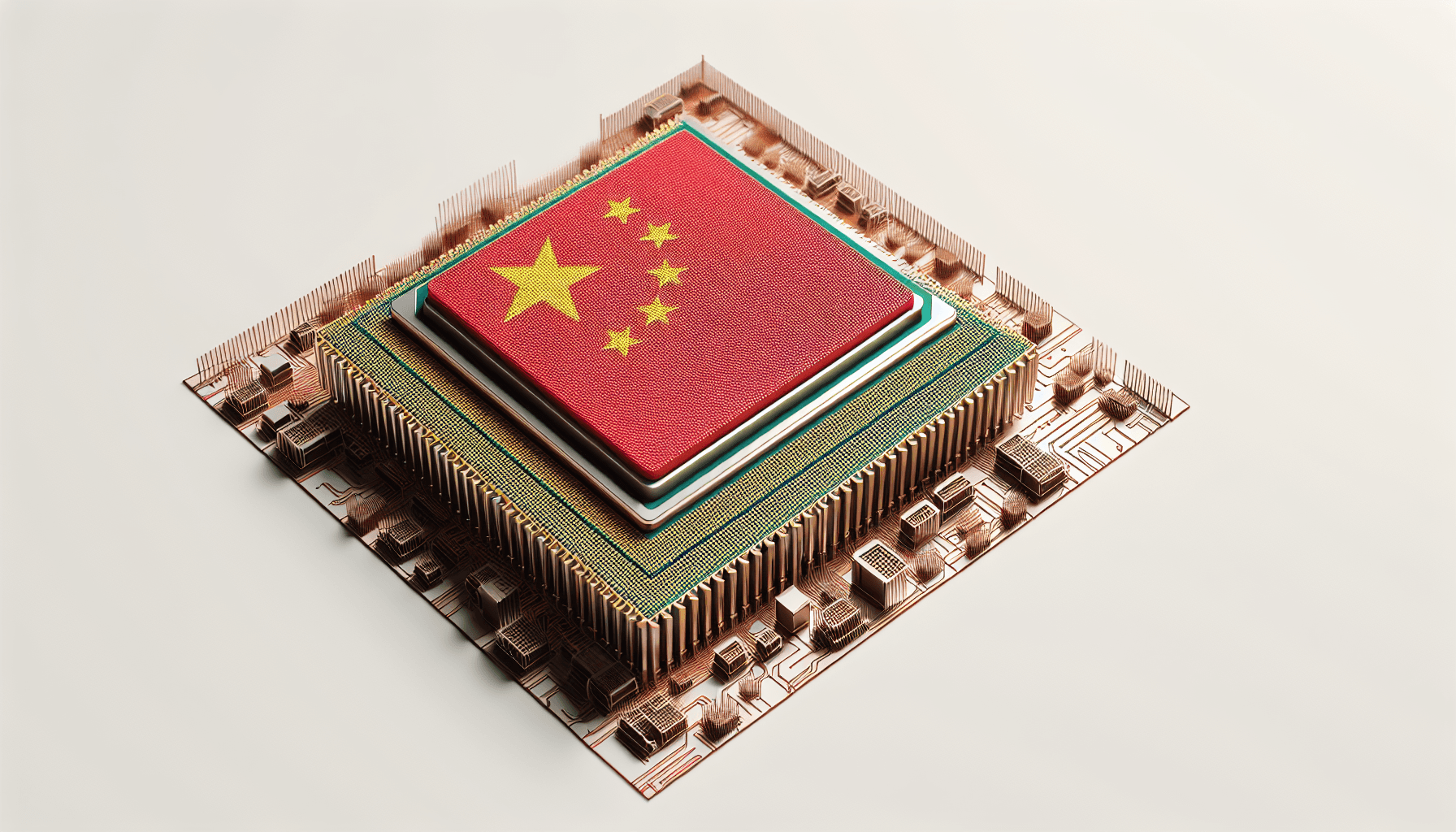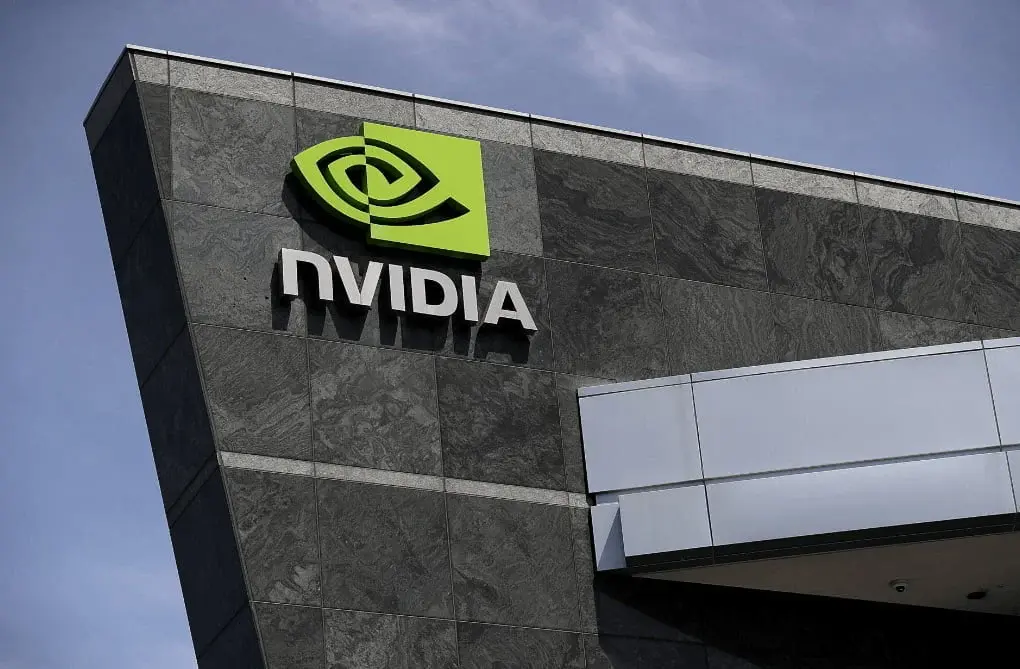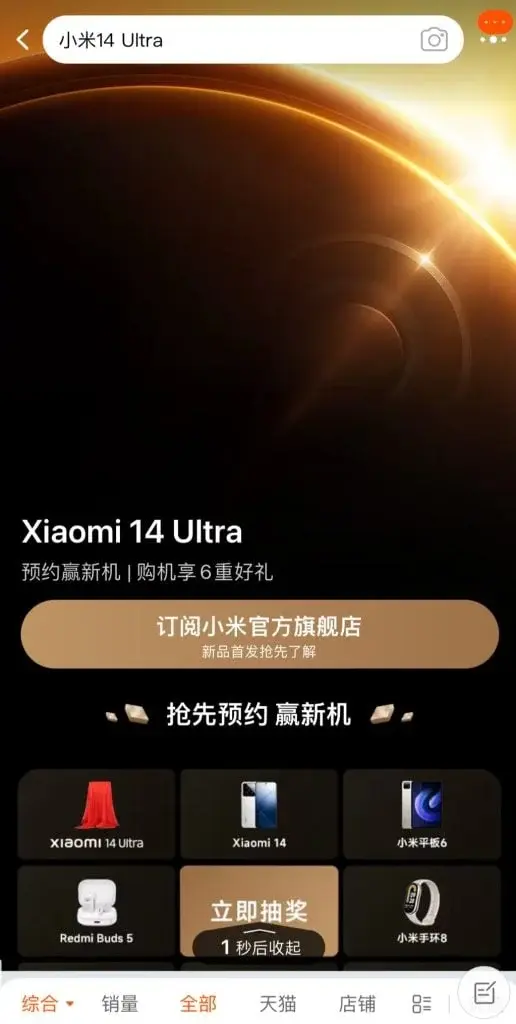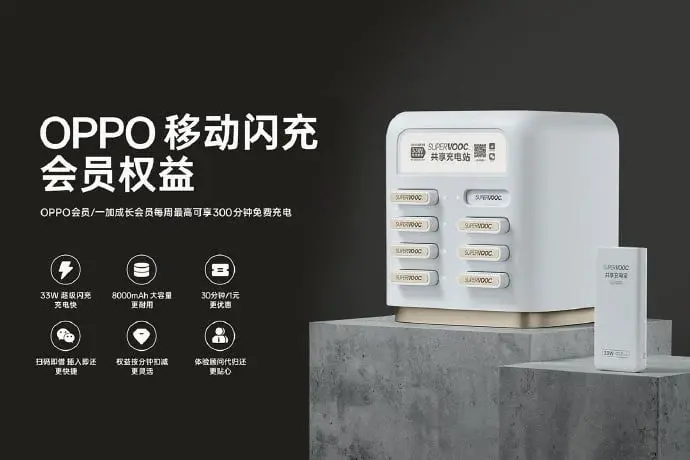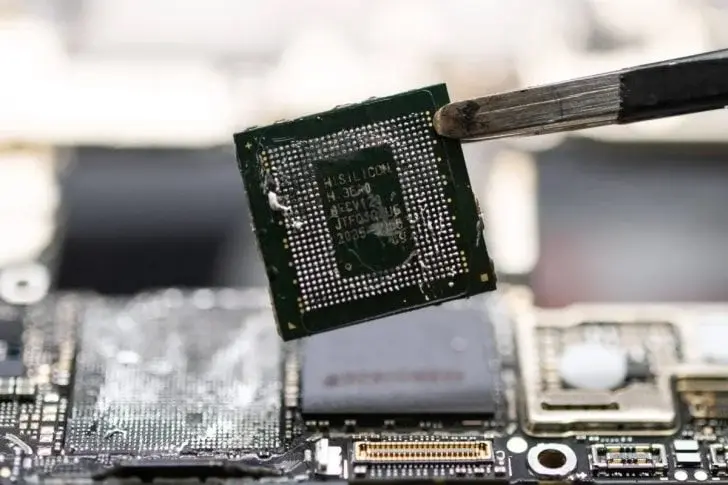Key Takeaways
1. President Trump’s administration implemented “reciprocal tariffs” affecting around 90 countries, raising concerns about GPU price increases.
2. A federal order suggests that GPUs are unlikely to be impacted by these reciprocal tariffs.
3. Graphics cards will still incur a 25% tariff related to aluminum imports from China and other nations.
4. Important tariff codes for GPUs and related components are missing from the federal order’s list of affected products.
5. Current tariffs on products from China to the US reach 104%, with China retaliating with 84% tariffs on American goods.
President Trump’s administration has put in place what is being called “reciprocal tariffs” affecting around 90 countries, which has raised worries about the potential impact on GPU prices, already expected to rise. However, as per the federal order released on April 7, it appears that components like GPUs are unlikely to be influenced by these reciprocal tariffs. Nonetheless, graphics cards will still face a 25% tariff focused on aluminum for imports from China and other nations.
Details on Tariff Codes
The federal order enumerates all products and components impacted by the reciprocal tariffs with their HTSUS or Harmonized Tariff Schedule of the United States codes. According to Annex II, the order includes “Electronic integrated circuits: processors and controllers,” “Electronic integrated circuits: memories,” and “Parts of electronic integrated circuits and micro assemblies,” along with their respective HTSUS codes.
Missing Codes
However, the list does not mention codes for graphics cards or “Printed circuit assemblies for rendering images onto computer screens (graphics processing modules)” and “Parts and accessories of machines with heading 8471, whether or not including fan hubs or LEDs but not including other goods of heading 8541 or 8542).” These are classified under tariff codes 8473301180 and 8473305100, which PCMag points out are both absent from the Annex.
This indicates that GPUs might be free from at least the reciprocal tariffs. Yet, since they’re categorized as aluminum-related products, they remain subject to the overarching 25% tariffs that were first imposed on imports. While this is the present scenario, there’s a chance for things to worsen as separate chip-focused tariffs may come into play. Currently, products coming from China to the US are facing a total tariff of 104%, while China has responded with retaliatory tariffs of 84% on all American goods.
Source:
Link



